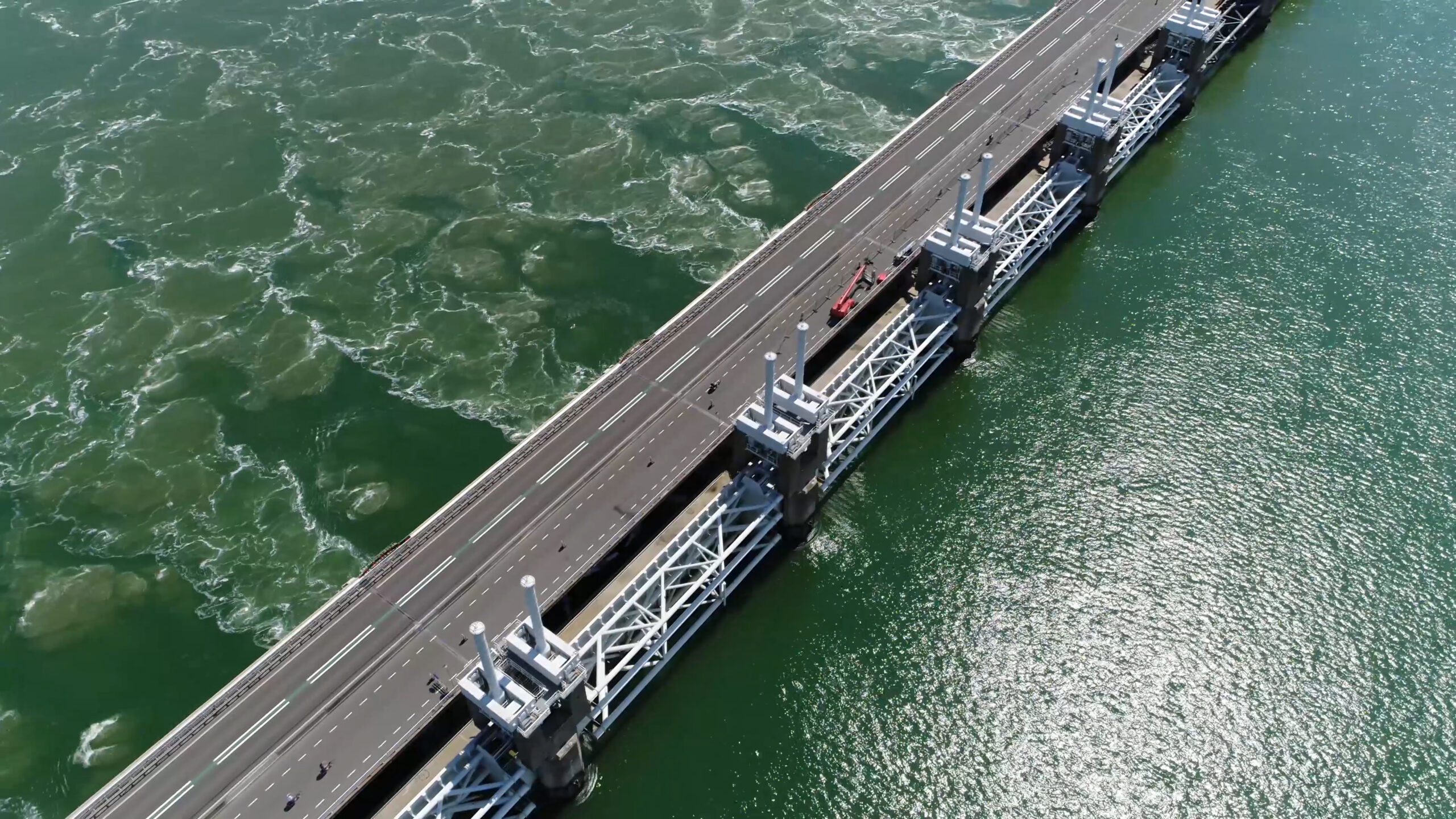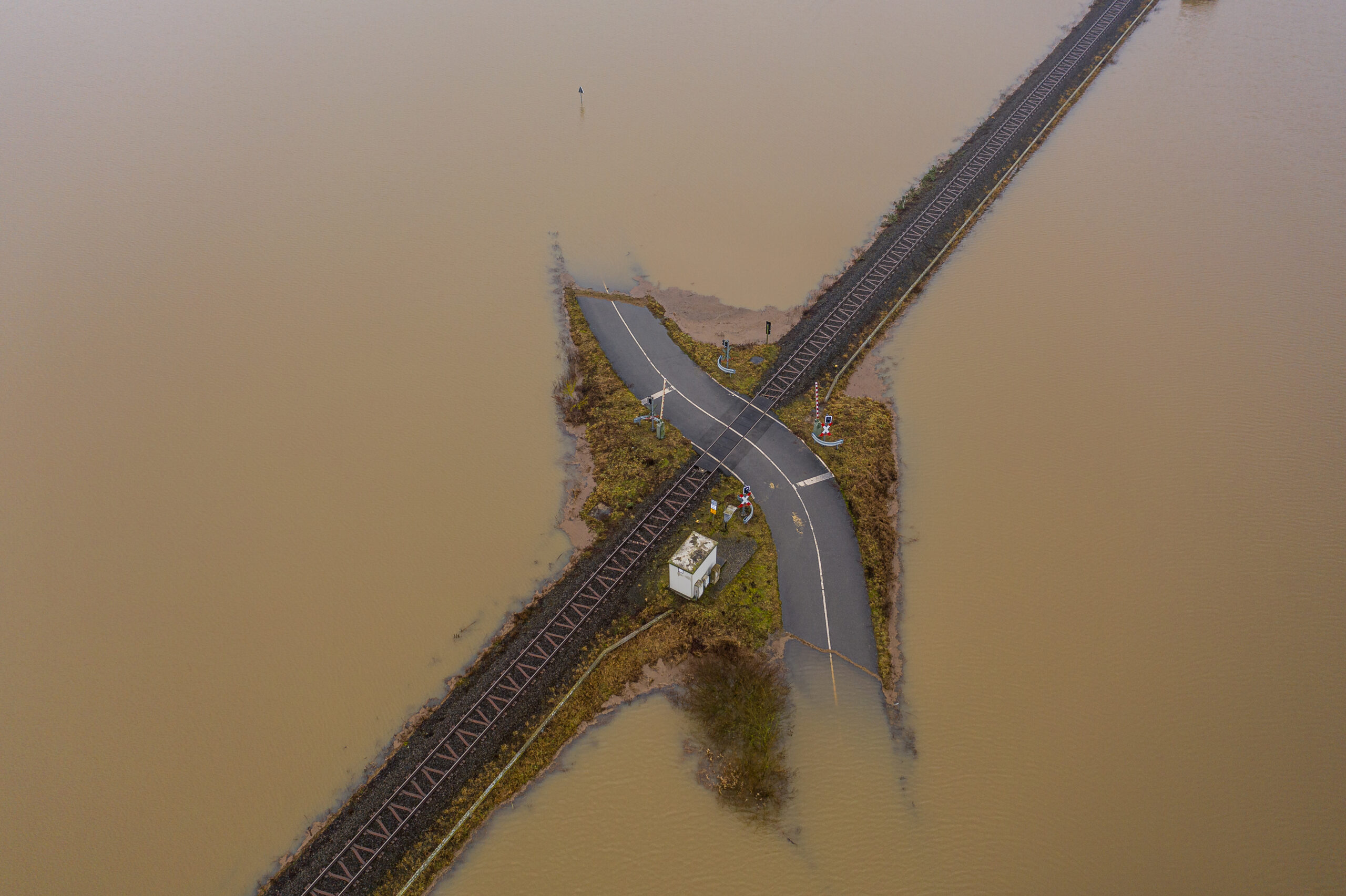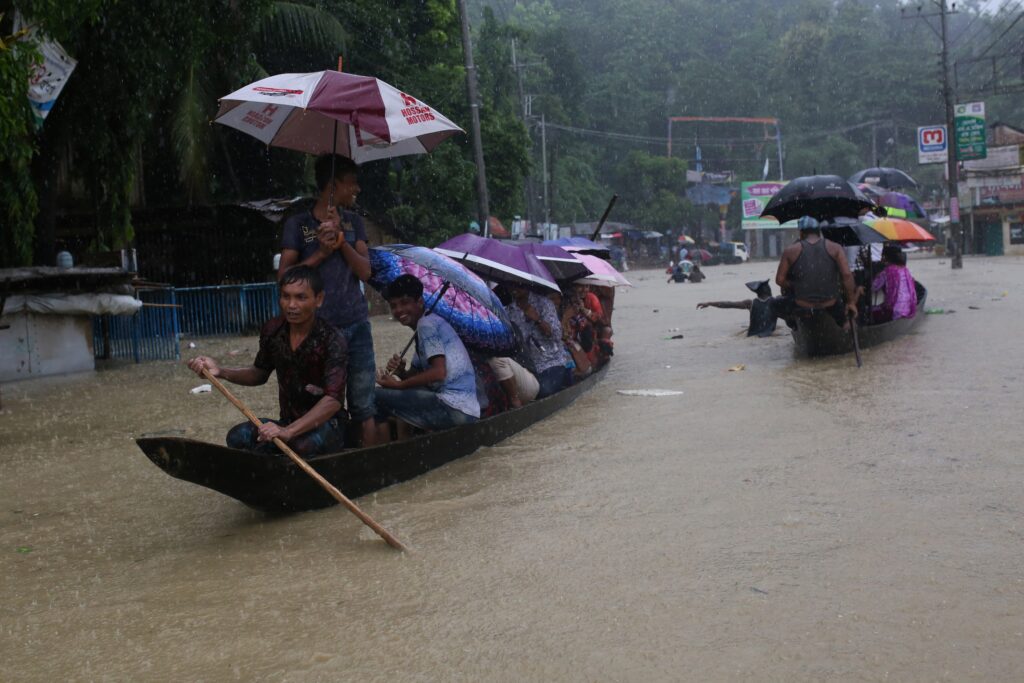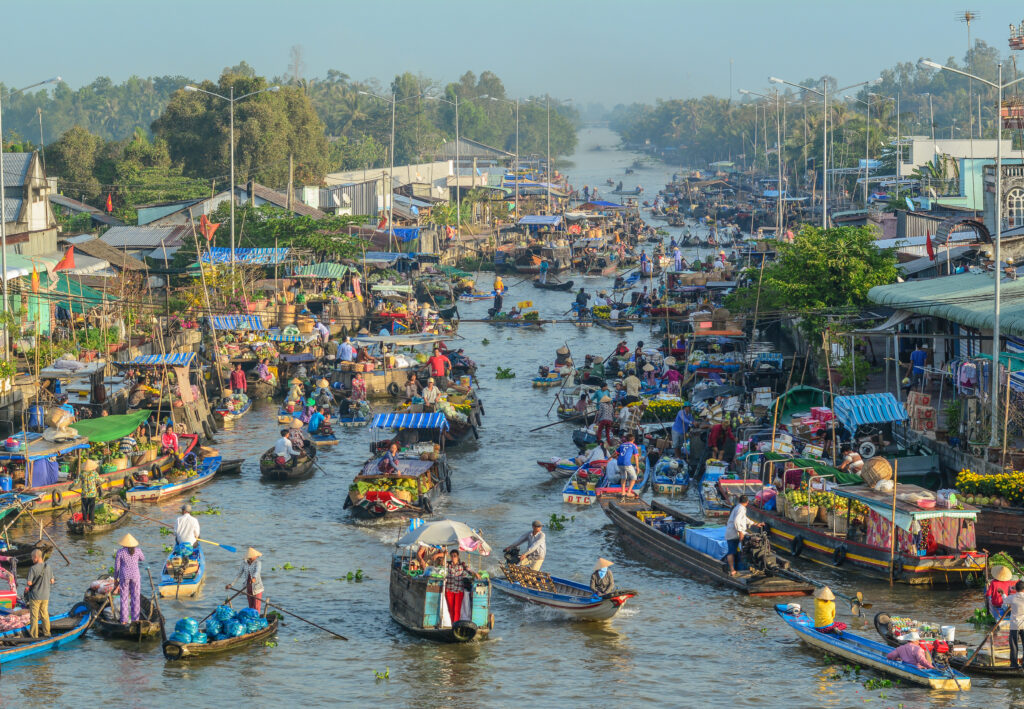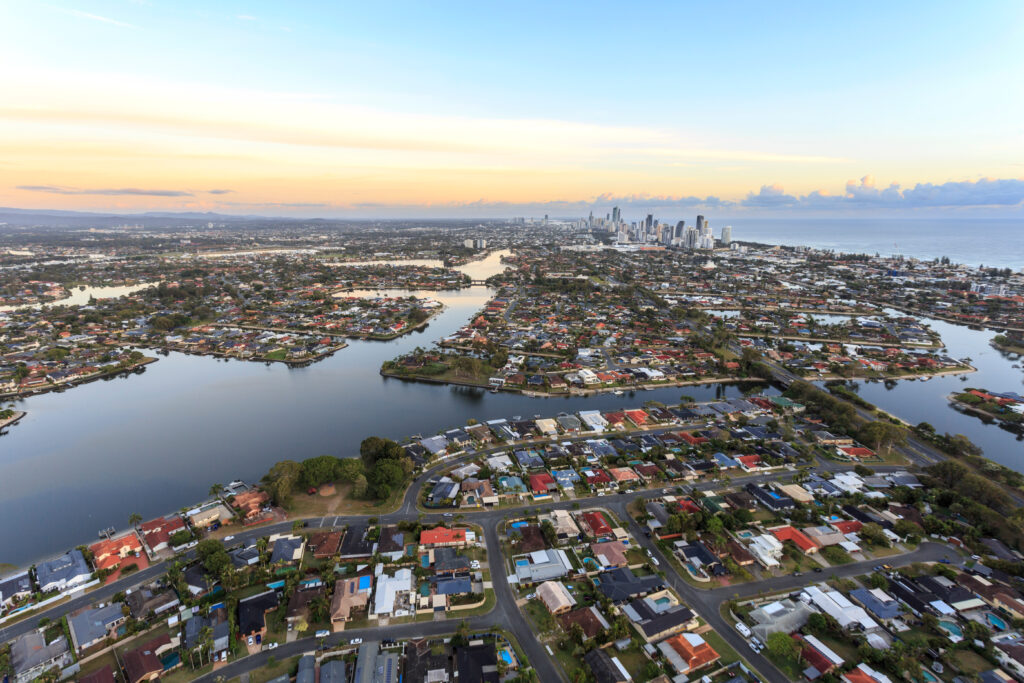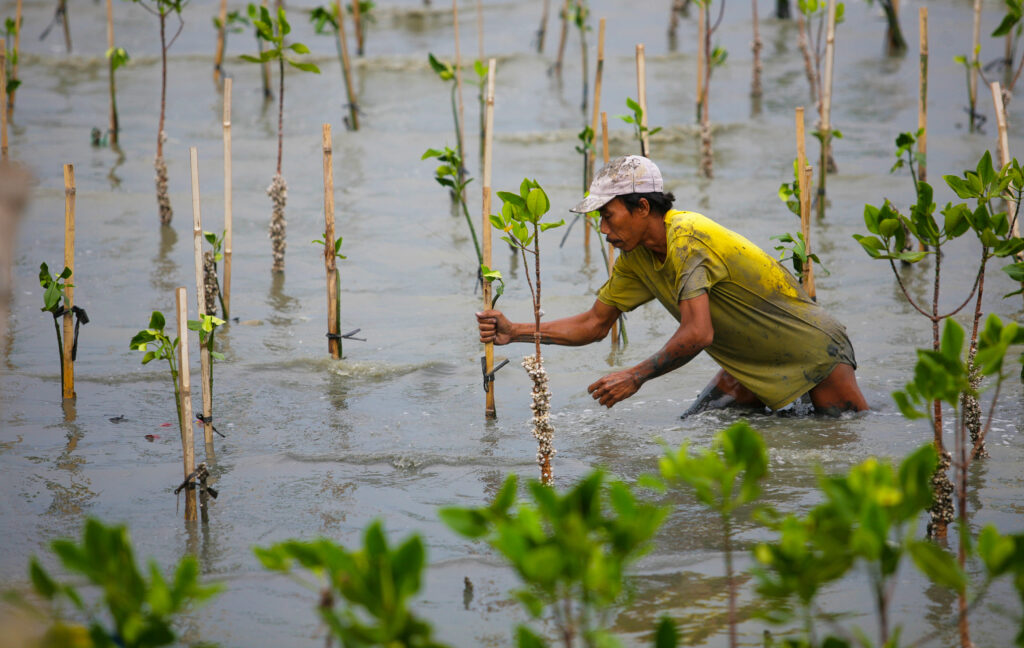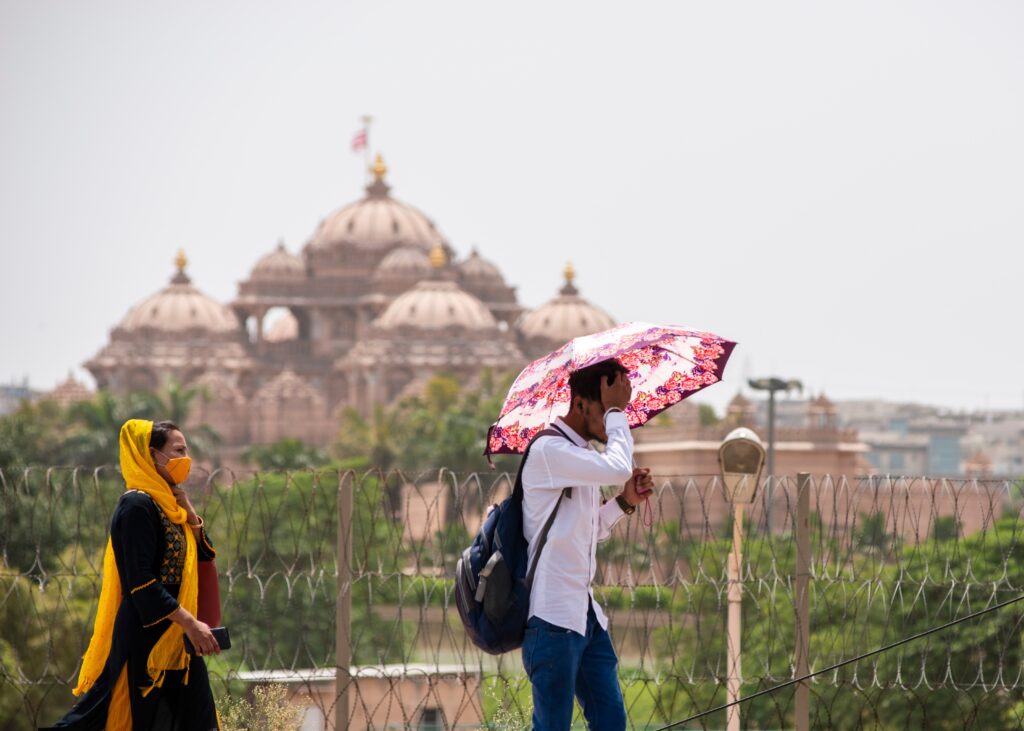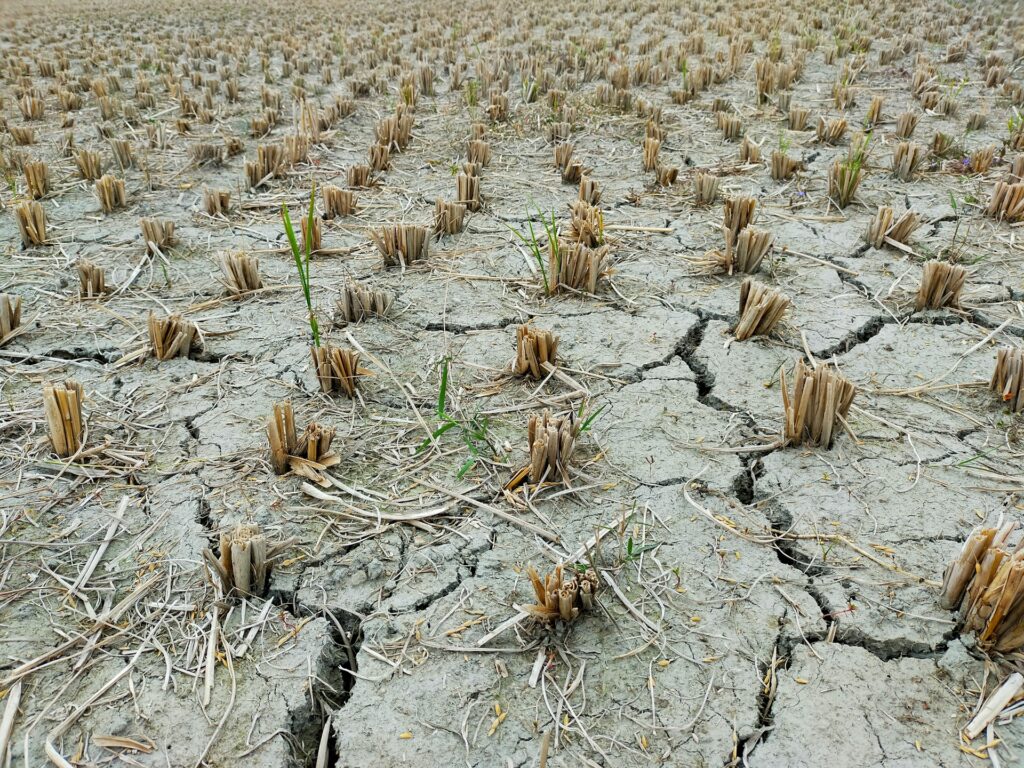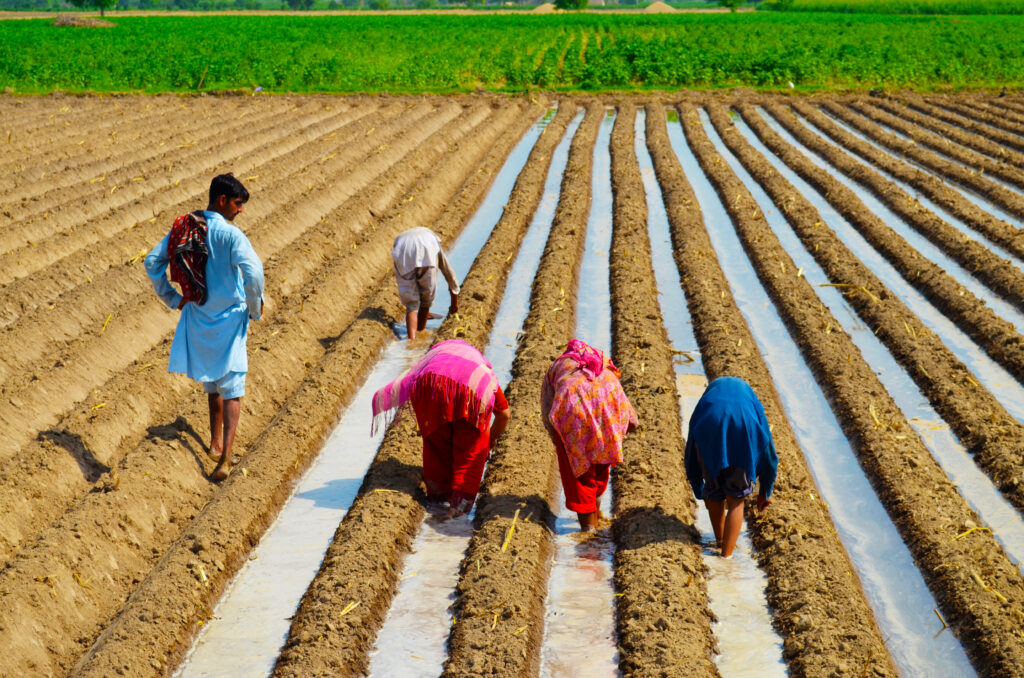Climate change adaptation strategies are becoming more necessary as global warming tightens its grip on global communities. Climate change has been widely studied since it was first theorized in the late 19th century. This research has led to a near consensus among the scientific community. 97% of the world’s scientists agree that fossil fuels are causing rapid warming changes to the Earth’s climate and altering delicate systems that dictate weather patterns.
Climate action has become a central talking point as governments around the world seek to protect future generations from harm. Currently, the Paris Agreement, which is the central global climate policy, has set a target of limiting warming by 1.5°C. However, experts believe we are currently on track to hit over 2°C by the end of the century.
Adaptation to changing climate and resilience-building are becoming focal points for vulnerable countries, in addition to global climate mitigation efforts.
The IPCC Facilitates Climate Adaptation Strategies
The impacts of climate change will disrupt the natural, economic and social systems we depend on. As such, climate change adaptation strategies must consider the long-term needs for resilient infrastructure and governance.
In the latter’s case, the Intergovernmental Panel on Climate Change (IPCC) provides scientific support regarding climate change progress and the best options available to decision makers. The IPCC has continually published reports since 1990.
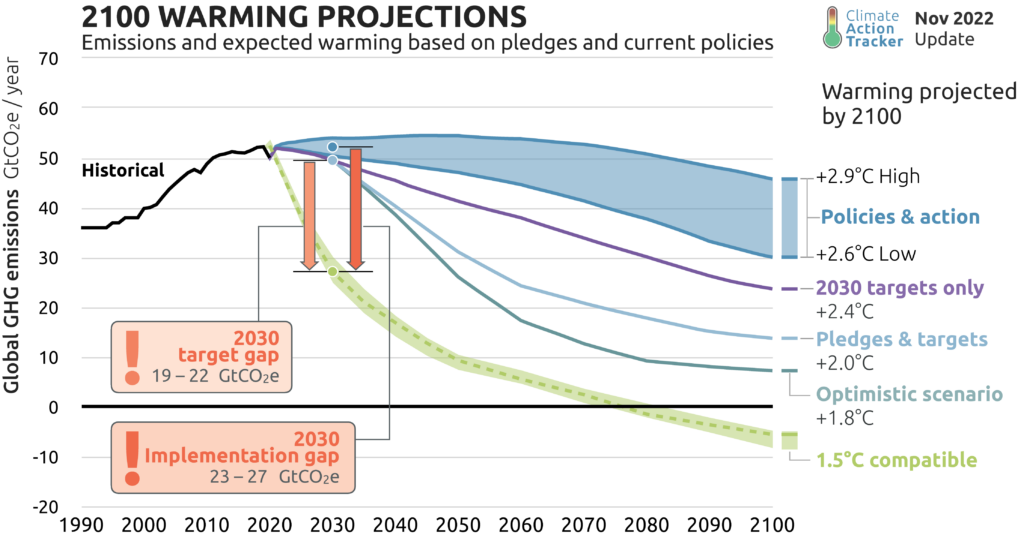
The UN’s climate change body also has an Adaptation Committee (AC). The AC helps identify relevant opportunities and the best adaptation strategies and techniques available to countries.
The IPCC’s reports and the UN’s AC work together to create a comprehensive outlook for mitigation and adaptation strategies within the context of the Paris Agreement.
Different Climate Impacts Require Different Approaches
The impacts of climate change are unevenly distributed around the world, with some countries facing far more significant risks than others. But, while the effects are staggered, all nations, communities and companies will eventually feel the impacts of climate change.
Yet, some of the biggest risks for society are also the most difficult to understand. For some communities, it will be an increase in extreme weather and a warmer climate, while for others, the complete loss of ancestral lands or health issues from increased disease rates. Some countries are taking steps to protect human health, while others want to maintain healthy aquatic environments.
“Rising sea levels are expected to displace billions in Asia by 2100, according to a recent Cornell University study. But in the Pacific alone, experts estimate that there could be between 665,000 and 1,750,000 people who will already be displaced by 2050 – a sobering assessment when you consider that the Pacific Islands contribute less than 0.03% to global carbon emissions,” said Vincent Diringer on Impakter.
For countries set to face the harshest impacts, climate adaptation strategies will be extreme, ranging from changing the physical landscape to purchasing insurance for entire ecosystems.
What Is an Example of Climate Change Adaptation Strategies?
The impacts of climate change are mixed and affect our socioeconomic fabric differently. As a result, there are countless innovative ways of implementing effective climate adaptation strategies to address anticipated climate risks.
Climate Adaptation in Europe – Green Roofs
The European Union (EU) is one of the groups at the forefront of climate adaptation. The EU adopted its new adaptation strategy in 2021, which commits to spending 25% of its budget on climate-related expenditure.
Across Europe, climate adaptation strategies are broad, from conducting risk assessments to building new infrastructure to empowering community level change. This includes changes at all levels of governance, with a focus on three specific priorities: integrating adaptation into macro-fiscal policy, nature-based solutions for climate adaptation and local adaptation action.
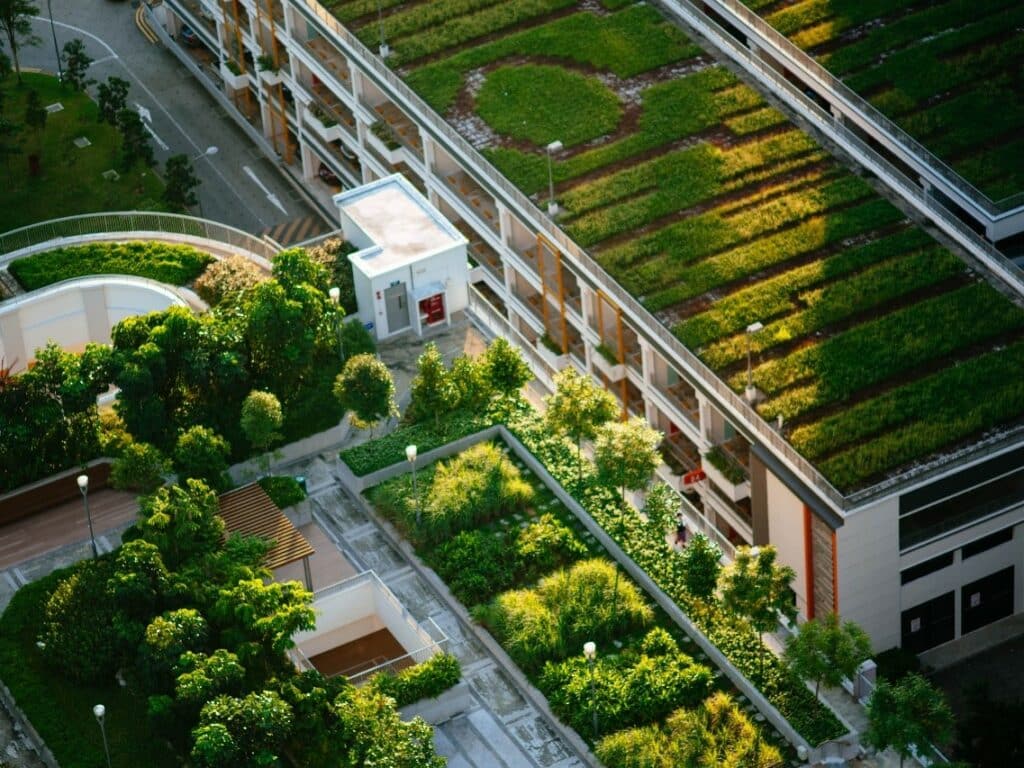
One example of Europe’s adaptation is the development of green roofs in Basel, Switzerland – a nature-based solution. The city implemented an incentive program to promote the adoption of green roofs, which is part of the city’s broader mitigation and adaptation strategy. Green roofs absorb heat to reduce temperatures and manage rainwater, thereby reducing flood risk. Additionally, from a mitigation perspective, lower temperatures translate to less heat and less energy demand, lowering emissions.
Climate Adaptation in the Bahamas
Another example of a climate change adaptation strategy is the sustainable housing company Partanna Bahamas, in the Bahamas. It is building affordable, carbon-negative homes that can withstand hurricanes while contributing to circularity within the local economy.
“Housing presents an often overlooked opportunity to address climate adaptation and mitigation solutions in a way that profoundly benefits vulnerable populations,” explains Jonathan Reckford, CEO of Habitat for Humanity International. “As the world continues to deal with more frequent, more extreme weather events, it’s clear that we cannot tackle climate change without addressing the need for affordable and sustainable housing,” he says.
Strong Global Climate Action
Extreme weather, such as extreme heat, and climate changes are forcing communities to implement their own adaptation strategies. Whether they are locally led adaptation planning or global mitigation efforts, action on climate has a significant role in the world’s future.
However, especially in developed nations where the impacts of climate are not as strongly felt, climate adaptation is often overlooked in favour of mitigation. Considering the effects of climate on human health, biological biodiversity and global economic output, all aspects of climate action must be geared towards improving the prospects of future generations.
This means valuing adaptation and mitigation equally and helping developing countries on the front lines build their own climate adaptation strategies.
Eric Koons
Writer, United States
Eric is a passionate environmental advocate that believes renewable energy is a key piece in meeting the world’s growing energy demands. He received an environmental science degree from the University of California and has worked to promote environmentally and socially sustainable practices since. Eric has worked with leading environmental organisations, such as World Resources Institute and Hitachi ABB Power Grids.
Eric is a passionate environmental advocate that believes renewable energy is a key piece in meeting the world’s growing energy demands. He received an environmental science degree from the University of California and has worked to promote environmentally and socially sustainable practices since. Eric has worked with leading environmental organisations, such as World Resources Institute and Hitachi ABB Power Grids.

